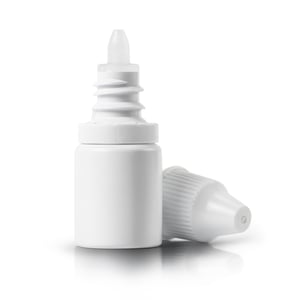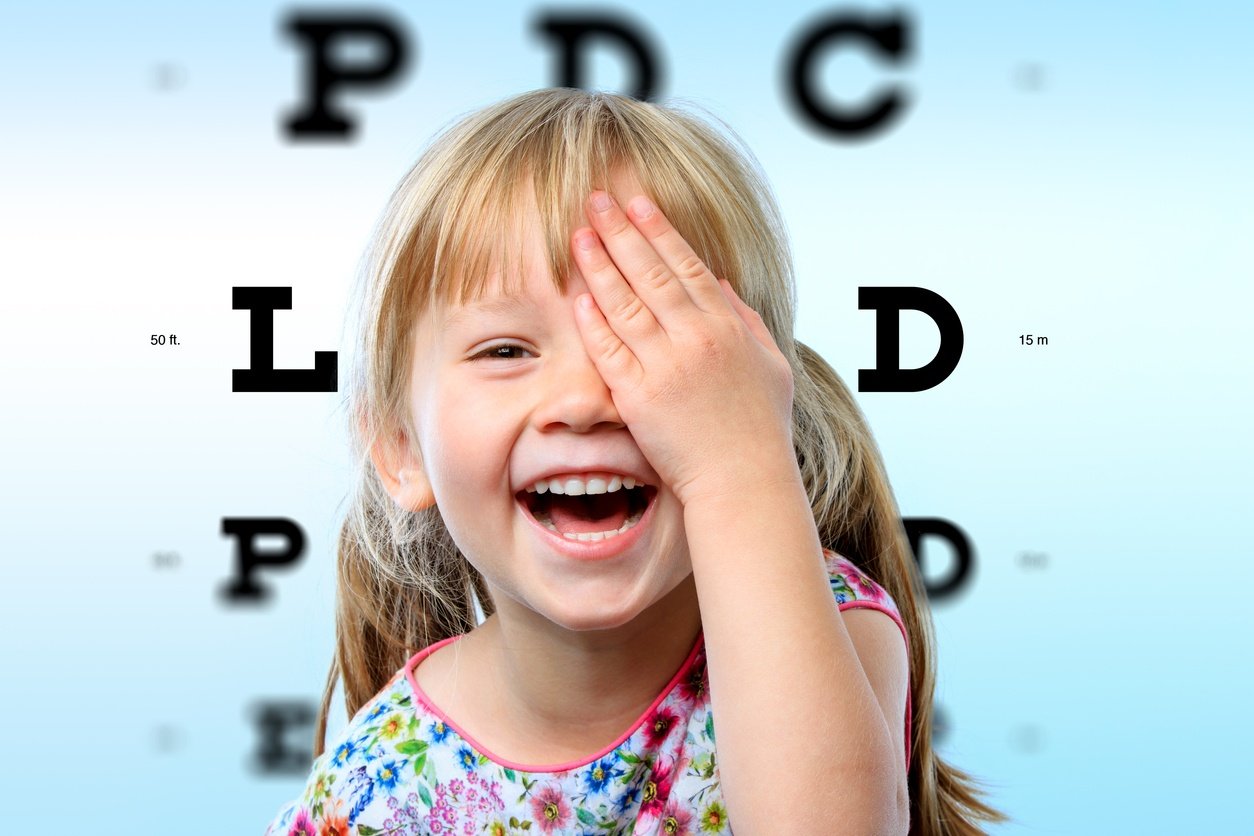Five Dry Eye Treatments Unheard of by Most People
There are many, many options for treating dry eyes, most of which are either new or just haven’t been thought of in a long time. With this in mind, I’ve developed a list of five categories of treatment and tried to give you a broad insight into what’s available.
I call them drops, pills, plugs, beads, and warmth. And, I know there are at least five treatments in this mix that you haven’t heard about.
Drops
 OK, you probably already know about eye drops. But what you may not be aware of is that different eye drops work better for different people. So, you’ll need to try a few until you find the one that works the best for your symptoms.
OK, you probably already know about eye drops. But what you may not be aware of is that different eye drops work better for different people. So, you’ll need to try a few until you find the one that works the best for your symptoms.
You also need to be aware of the growing list of over-the-counter eye drops and an ever expanding list of prescription eye drops. One or more of these can no doubt alleviate your symptoms. Here’s a short list of the categories of eye drops available:
- Anti-Inflammatory Drops
- Hypotonic Drops
- Bicarbonate Drops
- Gelling Agent Drops
- Preservative Drops
- Oil-Based Drops
- Steroid-Based Drops
- Serum Drops
You’ll need an experienced doctor to help you navigate all the choices to find the one that works the best for you. I’ll also note that just as the weather changes, along with the following allergies, the treatment options that best fit you will also change. One more reason to work with a qualified experienced eye doctor.
Pills
You may have heard of taking Omega-3 supplements to help with dry eye. But there’s a few more options outlined by Dr. Jeffrey Ansel in his book Smart Medicine for Your Eyes: A Guide to Natural, Effective, and Safe Relief of Common Eye Disorders:
- Vitamin C, Vitamin E, and Zinc
- Folate, Vitamin B6, and B12
- Lutein and Zeaxanthin
- Omega-3, GLA, and Vitamin D
- Black Current Seed Oil
- Coenzyme Q10
Plugs
Plugs are used to block the upper and lower lids to prevent tears from draining from your eyes into your nose. What you may not be aware of is that there are an increasing number of options, many that don’t involve surgery.
Silicone plugs can be temporary or permanent options. Acrylic plugs become a soft gel due to body heat. They do not need to be sized to your eye, since they conform with the heat. There are also hydrogel plugs that form much the same way as acrylic plugs, but they can be washed out by your doctor with saline solution. All these are called punctual plugs.
Beads
These are tiny cellulose beads that are placed in the pocket of each lower eyelid. They are a prescription medication called Lacrisert, an ophthalmic insert. A bead is inserted once or twice a day to provide ongoing lubrication.
Warmth
 I’m grouping warm damp compresses, eye washes, and other warm treatment options in this category. While you may have heard of some of these, there’s probably a few new ones in the mix since the last time you looked.
I’m grouping warm damp compresses, eye washes, and other warm treatment options in this category. While you may have heard of some of these, there’s probably a few new ones in the mix since the last time you looked.
Warm damp compresses apply moisture and heat to help open the glands. There are also rice bags, gel packs, and several other options to apply heat to your eyelids.
Eye washes are mild cleansing agents designed to dissolve oil and open up tear ducts while providing moisture to the eye. They can be either cold or warm. Examples include chamomile, goldenseal, or even baby shampoo mixed with water. There are also many over-the-counter options.
Lipiflow® is another option. It uses pulsating eyepieces that apply heat and massage to your eyelids. It removes gland blockages resuming oil production. It’s a relatively quick in-office treatment.
Treatment Options
From reading through this list, you can tell that there are many, many options for treating dry eyes and at least five you’ve never heard of. With this dizzying array of options, I’m reminded of the phrase “Don’t try this at home, kids.”
You do need a qualified, professional eye doctor to guide your efforts at treating dry eye and diagnosing the underlying causes.
That’s what we do at Vision Source Plano. Give us a call at 972-612-2099 and we can begin the journey of bringing relief as well as providing long term care.
Disclaimer: The content on this blog is not intended to be a substitute for professional medical advice, diagnosis, or treatment. Always seek the advice of qualified health providers with questions you may have regarding medical conditions.








